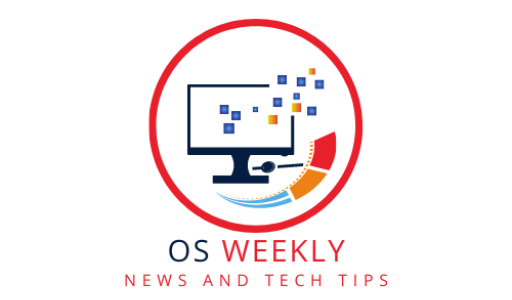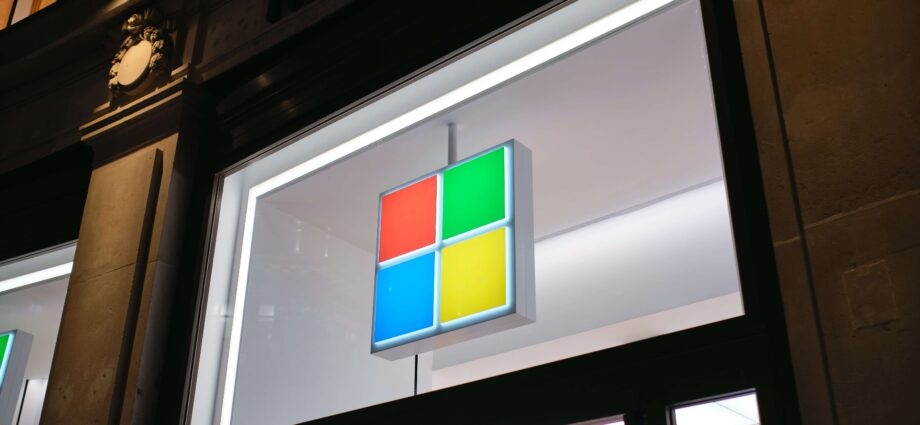Microsoft Windows has come a long way since its humble beginnings over 30 years ago. Let’s take a journey through the origins, key versions, interface changes, market penetration, components, criticism, competitors, and future outlook of Microsoft’s groundbreaking operating system.
Origins of Microsoft Windows
Windows traces its origins to the founding of Microsoft in 1975 by Bill Gates and Paul Allen. It started as a graphical user interface (GUI) add-on for Microsoft’s MS-DOS operating system, inspired by the growing popularity of the GUI-based Apple Macintosh which shipped in 1984. Prior to this, operating systems were text-based like MS-DOS, requiring commands to be typed in.
The first version of Windows, dubbed Windows 1.0, finally launched in November 1985, providing a graphical shell for MS-DOS and including features like tiled windows and drop-down menus. However it still relied on MS-DOS to function. Initial reviews were mixed due to its dependency issues.
Key Versions and Updates That Shaped Windows’ Evolution
| Version | Year | Major Changes |
|---|---|---|
| Windows 95 | 1995 | Start menu, taskbar |
| Windows XP | 2001 | Improved stability |
| Windows 7 | 2009 | Aero interface |
| Windows 10 | 2015 | Regular updates |
Windows 95 – Bringing the Start Button & Taskbar
In the 90s, the release of Windows 95 in August 1995 signaled a major evolution bringing the familiar Start button, taskbar and desktop we still use today. This proved to be a landmark release, selling 7 million copies in 5 weeks. Solitaire also debuted in Windows 95 and quickly became a popular time-waster!
Windows XP – The Beloved Update
In October 2001, the launch of arguably Microsoft’s most beloved update – Windows XP – brought improved system stability, faster performance and a refreshed visual style. It quickly dominated market share thanks to robust improvements over Windows 2000 and Windows ME. Many initiatives still run Windows XP despite it being discontinued, illustrating its legacy.
Windows Vista – Glass transparency
Though the initial 2006 launch of Windows Vista suffered criticism for heavy system requirements, it pioneered the slick glass aesthetic and window transparency effects which continue today. It also focused more on security enhancements in an increasingly connected world of viruses and malware.
Windows 7 – Fast & Intuitive
In July 2009, Windows 7 arrived with goals to be faster, more intuitive and compatible with modern hardware. Widely considered a return to form, Windows 7 featured streamlined UI updates like Aero Peek, Aero Snap and an improved taskbar. It drove rapid upgrades in a post-Vista recovery period.
Windows 8/8.1 – The Touch Revolution Begins
The major October 2012 update bringing Windows 8 and 8.1 saw Microsoft pushing touch interfaces for laptops and tablets along with extensive cloud integration. The radical redesign forced traditional desktop users into the unfamiliar Start screen with live tiles while removing the iconic Start button – steps that proved unpopular despite innovation.
Windows 10 – The SaaS-powered Juggernaut
In July 2015 Windows 10 marked Microsoft’s transition towards Software-as-a-Service delivery, with a stated goal to have Windows running on 1 billion devices. The free upgrade for Windows 7/8 users drove rapid adoption. Microsoft Edge replaced Internet Explorer as the new browser. Features like Cortana voice integration, Windows Subsystem for Linux (WSL), cloud subscription models and VR/AR APIs cemented its status as the foundation for Microsoft’s ambitions beyond the PC. Regular feature updates add refresh cycles unheard of during the packaged software days.
Interface Revolutions in the Journey from Windows 1.0 to Windows 11
While retaining familiar interface concepts like windows, icons and menus, subsequent Windows versions added visual enhancements around usability, navigation and personalization coupled with powerful underlying code rewrites.
From Windows 95 introducing the iconic Start menu to Windows XP’s fresh styling to Vista’s glass aesthetic to 7’s productivity tweaks to 10’s transformative Fluent Design language – Microsoft has dramatically evolved the Windows User Interface over 31 years without losing user familiarity. It exemplifies balancing innovation with just enough nostalgia across generations.
Meanwhile additional interface models keep emerging – Windows 8’s Modern UI focusing on touch, Windows 11’s adoption of macOS style dock and gestures, Windows Core OS reimagining for foldable devices point to specialized adaptations while retaining the essence of windows, icons and menus. Exciting times lie ahead!
Market Dominance Despite Challenges
Enjoying around 75% market share of desktop operating systems globally, Windows continues to dominate workplaces, education sector and home desktops/laptops with over 1 billion users. Most PCs ship with Windows pre-installed for convenience – helping perpetrate its ubiquity despite mounting challenges. However failures like Vista illustrated that Microsoft risks user wrath by overreaching with radical changes.


